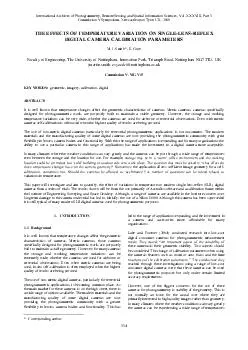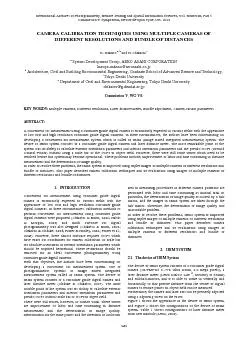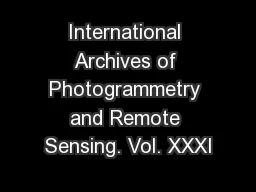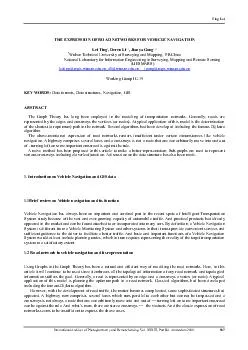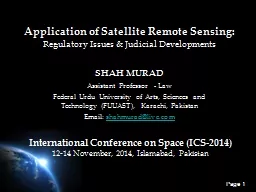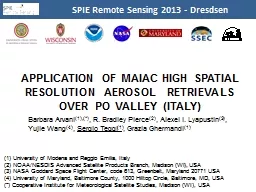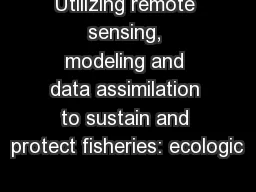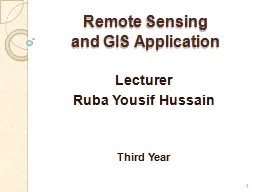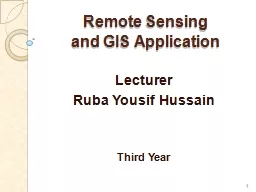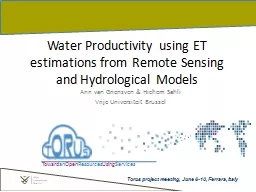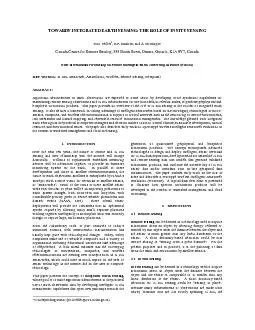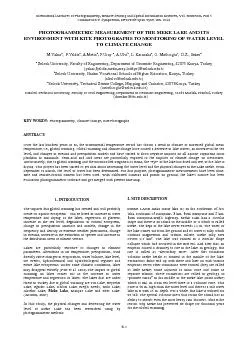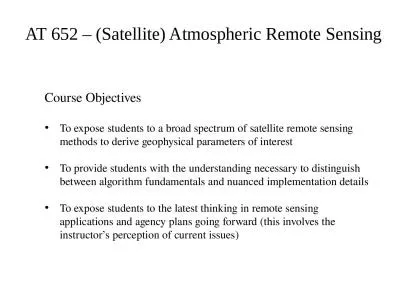PDF-International Archives of Photogrammetry Remote Sensing and Spatial I nformation Sciences
Author : lindy-dunigan | Published Date : 2014-12-06
XXXVIII Part 5 Commission V Symposium Newcastle upon Tyne UK 2010 554 THE EFFECTS OF TEMPE RATURE VARIATION ON SINGLE LENS REFLEX DIGITAL CAMERA CALIB RATION PARAMETERS
Presentation Embed Code
Download Presentation
Download Presentation The PPT/PDF document "International Archives of Photogrammetry..." is the property of its rightful owner. Permission is granted to download and print the materials on this website for personal, non-commercial use only, and to display it on your personal computer provided you do not modify the materials and that you retain all copyright notices contained in the materials. By downloading content from our website, you accept the terms of this agreement.
International Archives of Photogrammetry Remote Sensing and Spatial I nformation Sciences: Transcript
Download Rules Of Document
"International Archives of Photogrammetry Remote Sensing and Spatial I nformation Sciences"The content belongs to its owner. You may download and print it for personal use, without modification, and keep all copyright notices. By downloading, you agree to these terms.
Related Documents

